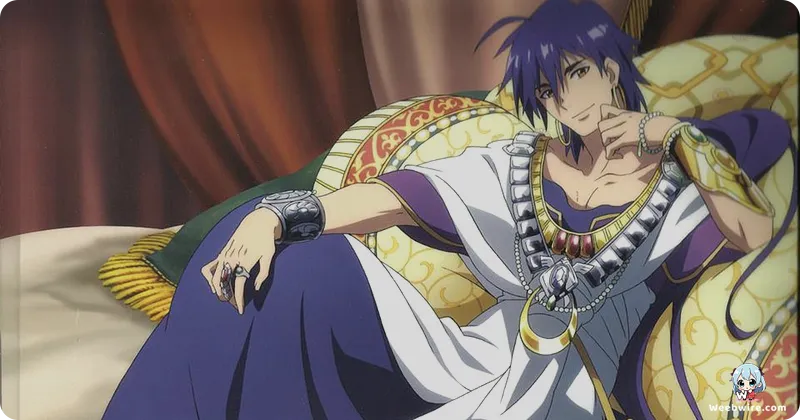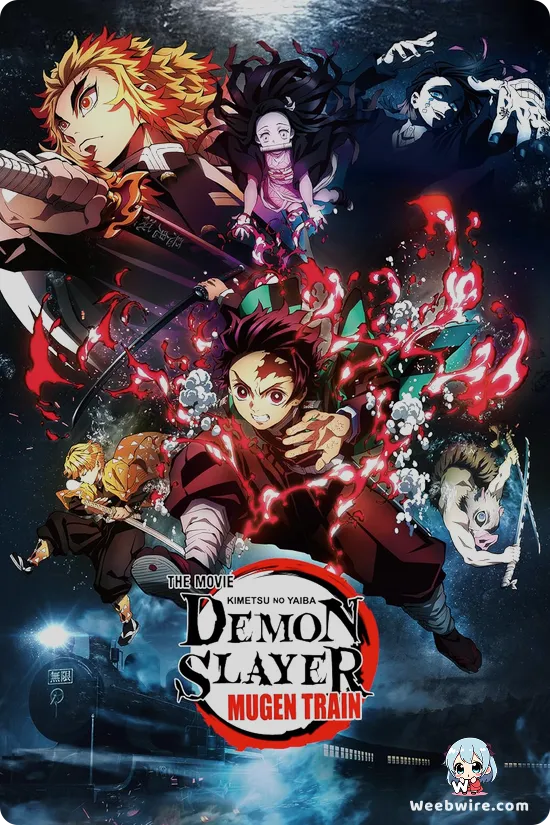Magi: The Kingdom of Magic - Uncovering the Anime's Profound Lore and Real-World Inspirations

"Magi: The Kingdom of Magic," the highly anticipated second season of the anime adaptation based on Shinobu Ohtaka's celebrated manga, first enthralled audiences with its vibrant animation and gripping adventures upon its debut in October 2013. Yet, beyond its captivating surface lies a meticulously crafted world, brimming with intricate details and lesser-known facts that solidify its status as a masterclass in storytelling. Far from being a mere fantasy escapade, "Magi" distinguishes itself through profound world-building, drawing extensively from diverse real-world inspirations and complex philosophical concepts that elevate it well beyond conventional shonen narratives. This season, in particular, deepened the exploration of its unique universe.
Reimagining Classic Tales
At its core, "Magi" is deeply rooted in the enchanting tales of "One Thousand and One Nights," or "Arabian Nights." While characters like Aladdin, Alibaba, and Morgiana immediately resonate with these classic stories, Ohtaka's true brilliance shines in her radical reinterpretation and expansion of their lore. Aladdin emerges not as a simple street urchin, but as a mysterious Magi, chosen by the Rukh, possessing an ancient connection to the enigmatic world of Alma Torran. Alibaba, though a prince, grapples with weighty themes of social class, leadership, and the immense burden of responsibility, offering a far more complex portrayal than his literary antecedent. Morgiana, the formidable Fanalis, embodies unparalleled strength and fierce independence, shattering the archetype of a subservient figure. The series masterfully weaves these familiar names into an entirely original narrative, continually inviting viewers to uncover new layers within its established mythology.
A Tapestry of Historical Influences
Beyond direct "Arabian Nights" allusions, the intricate political and geographical landscape of "Magi" is a fascinating mosaic of historical influences. The formidable Kou Empire, with its vast dominion and imperial ambitions, strikingly mirrors ancient China, complete with elaborate court intrigues and a strong emphasis on lineage. Conversely, the Reim Empire evokes the grandeur and formidable military might of the Roman Empire, showcasing advanced weaponry and a stratified societal structure. Even smaller nations, such as Heliohapt, draw clear inspiration from ancient Egypt, evident in their distinctive architecture and cultural practices. This meticulous historical grounding provides a believable framework for the fantastical elements, enabling the narrative to delve into sophisticated themes of colonialism, trade, and cultural exchange with remarkable depth.

The Mystical System of Rukh and Djinns
Central to "Magi's" distinctive magic system is the concept of Rukh, the ethereal flow of souls and life energy that permeates all existence. More than just a power source, Rukh is a fundamental aspect of being, imbued with its own inherent morality. White Rukh signifies purity, creation, and the natural order, while Black Rukh represents despair, corruption, and the perversion of destiny. The ability to manipulate Rukh, particularly to turn it black, introduces a profound philosophical conflict, challenging notions of free will versus predestination. The Djinns, powerful spirits residing within Metal Vessels, transcend mere wish-granting genies; they are potent manifestations of human will and ambition, each possessing a unique personality and an array of magical abilities. The arduous process of conquering a dungeon and earning a Djinn's loyalty serves as a rigorous test of character and resolve, ensuring that each Metal Vessel user's power feels profoundly earned and deeply personal.
Aladdin's Enigmatic Origins
Aladdin's origins are particularly enigmatic, forming a crucial cornerstone of the series' overarching narrative. His steadfast companion, Ugo, initially appears as a headless, blue Djinn within Aladdin's flute. However, Ugo's true identity as a powerful Djinn from Alma Torran and his pivotal role as Aladdin's guardian and mentor are significant revelations that unfold throughout the story. Ugo's unwavering loyalty and vast knowledge of the world's history provide Aladdin with invaluable guidance, underscoring the deep bonds forged through shared purpose. Furthermore, Aladdin's rare ability to communicate directly with the Rukh, known as "Solomon's Wisdom," sets him apart even from other Magi, granting him insights and power instrumental in shaping the world's future.
Morgiana's Fanalis Heritage
Morgiana's heritage as a Fanalis represents another intriguing aspect that significantly enriches her character arc. The Fanalis are a race celebrated for their superhuman physical strength, speed, and endurance, yet they carry a tragic history of enslavement and exploitation. Morgiana's journey encompasses not only her personal quest for freedom but also her struggle to reconcile with her Fanalis bloodline, often confronting discrimination and prejudice. Her signature "Amol Sairoh" kicks, powered by her immense leg strength, stand as a testament to her unique abilities and her fierce refusal to be defined by her past as a slave. Her evolution from a quiet, subservient girl to a fiercely independent warrior is undoubtedly one of the most compelling character progressions within the series.
Economic and Social Depth
Shinobu Ohtaka's dedication to detailed world-building extends to the series' economic and social structures. The anime meticulously explores the intricacies of trade routes, currency, and the pervasive impact of magic on technology and daily life. It unflinchingly depicts the harsh realities of poverty, slavery, and political corruption, utilizing these elements to drive character motivations and global conflicts. This nuanced approach allows "Magi" to tackle mature themes of class struggle, imperialism, and the responsibility of power, all while steadfastly maintaining its adventurous spirit.
A-1 Pictures' Animation Excellence
A-1 Pictures, the esteemed animation studio behind "Magi: The Kingdom of Magic," played an indispensable role in vividly bringing Ohtaka's dynamic world to life. The studio's renowned expertise in crafting dynamic action sequences and expressive character animation ensured that the intricate magical battles and poignant emotional moments resonated deeply with viewers. The diverse character designs, ranging from the ornate costumes of the Kou Empire to the distinct appearances of various races and creatures, were meticulously translated from manga to screen, preserving the unique aesthetic that renders "Magi" so visually appealing. The vibrant color palette and fluid animation breathed life into the series' sprawling landscapes, from bustling desert cities to mystical dungeons, creating an immersive experience that perfectly complemented the rich narrative.
Ultimately, "Magi: The Kingdom of Magic" transcends a simple adventure tale; it is a deeply layered narrative brimming with surprising facts and profound insights. From its clever reinterpretation of classic fables and its historically inspired world to its intricate magic system and compelling character arcs, the series offers a wealth of details for fans to explore and appreciate. These hidden depths are precisely what make "Magi" a timeless and continually engaging anime, inviting viewers to delve further into its world long after the final credits roll.
Credits
Magi: The Kingdom of Magic
Author
Shinobu Ohtaka
Cover Art
Shinobu Ohtaka
Studio
A-1 Pictures
Publisher
Shogakukan
Producers





